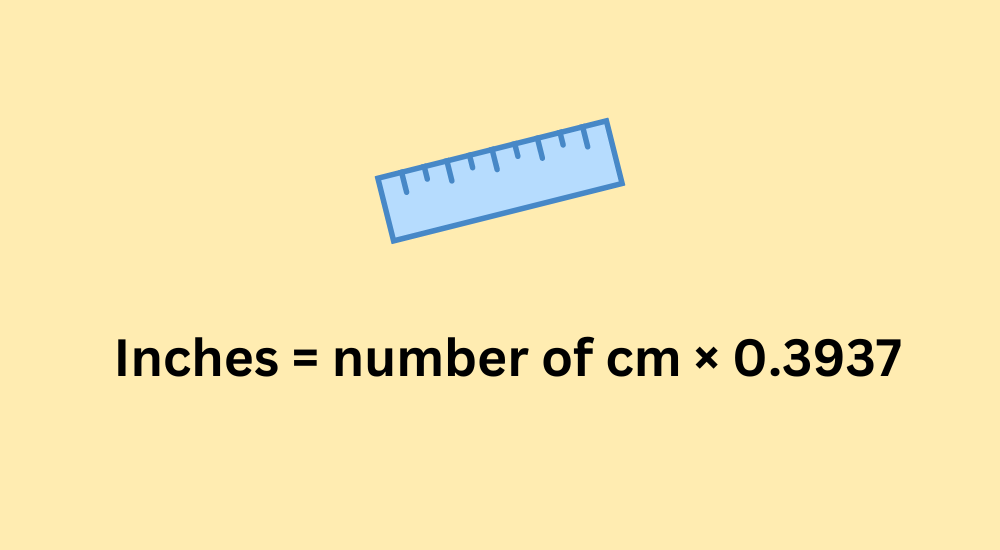Calculator for converting cm to inches:
Cm to inches converter
In everyday life, we frequently need to convert from one unit of measurement to another. Here, we will take a closer look at how to convert from centimeters to inches, and vice versa. This is particularly handy if you’re looking to estimate the size of TV and PC screens.
The origin of centimeters and inches
The centimeter belongs to the metric system, which is used in most parts of the world. The relationships between units are systematically built on powers of ten. For example, 1 meter is exactly 100 centimeters, or 10 decimeters.
Inches, however, originate from the old imperial system. Although this system has gradually become less common globally, it is still extensively used in countries like the USA.
The relationship between the units
International standards define one inch as exactly 2.54 centimeters. From this, we can deduce the following formulas:
Formulas

Converting from cm to inches:
Inches = number of cm × 0.3937
Converting from inches to cm:
Cm = number of inches × 2.54
Examples
Let’s consider three different examples.
Example 1:
You are collaborating with an American furniture manufacturer and see that a wooden plank measures 28 inches. How long is this in centimeters?
Answer:
28 inches × 2.54 = 71.12 cm. The wooden plank is 71.12 cm long.
Example 2:
In an international research project, you have created a sample that is 50 cm long. To help your American colleagues understand the measurement, you want to provide it in inches.
Answer:
Inches = 50 cm × 0.3937 = 19.685 inches The sample is 19.685 inches long.
Example 3:

You are looking to restore an old building and come across an old drawing that specifies a distance of 100 inches. How much is this in cm?
Answer:
Centimeters = 100 inches × 2.54 = 254 cm The distance is 254 cm, or 2.54 meters.
Conclusion
Being able to convert from centimeters to inches is not just about theoretical understanding for mathematicians. It’s practical for all of us who encounter the topic in our daily lives. This includes architects, engineers, importers, and anyone who shops from American websites.
In an increasingly global world where we interact with people from different cultures and continents, it’s essential that we understand each other’s measurement systems.
This not only enables us to interpret and compare different measurements but also to communicate information clearly and effectively.
Understanding cm and inches provides the basis to prevent miscalculations in many aspects that are important in our modern daily lives.
No matter what profession or interests you pursue, mastering this conversion is a very handy tool both professionally and everyday.
Related topic: Convert cubic units to liters

















